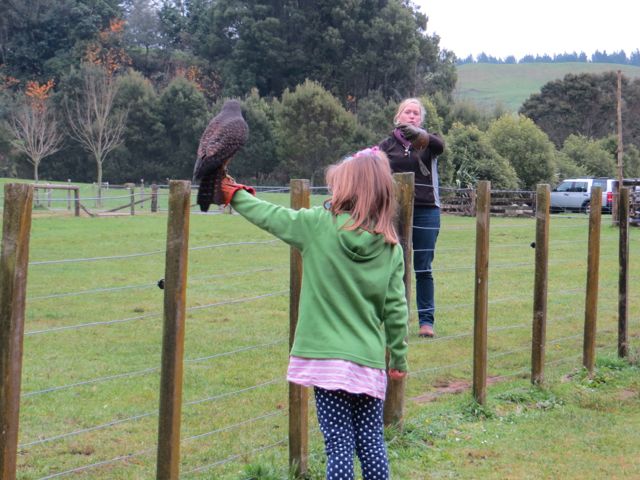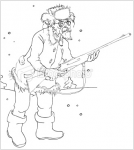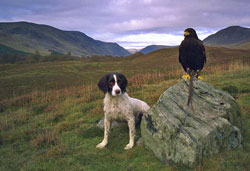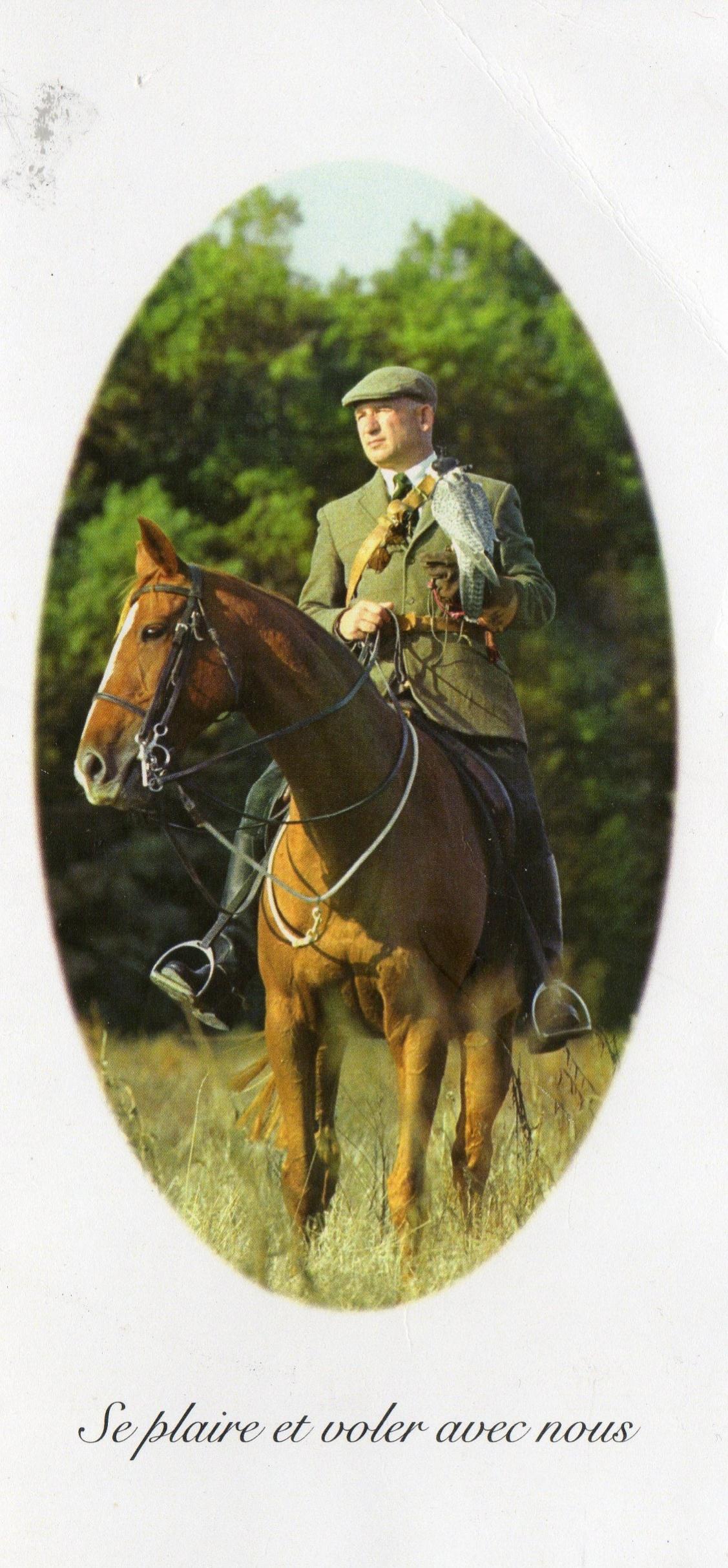Found this after reading the link in the Hungarian Visla Thread.
Harris hawk hunting - YouTube
The idea of Falconry has always amazed me....
Welcome guest, is this your first visit? Create Account now to join.
Welcome to the NZ Hunting and Shooting Forums.
Search Forums
User Tag List
+ Reply to Thread
Results 1 to 15 of 38
Thread: Hunting with Hawks
-
01-01-2014, 11:26 AM #1
Hunting with Hawks
-
-
01-01-2014, 11:54 AM #2
Me too, very popular in the UK it seems
The HWHV is an interesting breed,one of my friends here has one, he's not a hunter though its just his constant companion.
Beautiful dog though, like a smooth coat but slightly more aloof around strangersTrust the dog.........................................ALWAYS Trust the dog!!
-
01-01-2014, 12:46 PM #3Member

- Join Date
- Sep 2012
- Location
- Auckland
- Posts
- 2,182
Wow, that is seriously cool
Sent from my MT27i using Tapatalk 2Yeah nah bro
Rule 4: Identify your target beyond all doubt.
-
01-01-2014, 01:05 PM #4
Hunting bunnys with Harris hawks is pretty much like using a highly trained hunting dog. Done a bit back in the day. Great fun
Forgotmaboltagain+1
-
01-01-2014, 01:13 PM #5
I could be wrong but I don't think you can keep birds of prey here outside of a wildlife park / reserve. I think the only exception is in Marlborough where there is an effort to increase the NZ Falcon numbers.
Trust the dog.........................................ALWAYS Trust the dog!!
-
01-01-2014, 01:50 PM #6
Bloody shame really. The countryside in my area is perfect for falconry. Would be a fun way of hunting parries etc. As well as rabbits and hares
Forgotmaboltagain+1
-
01-01-2014, 02:14 PM #7
Just out of Ngongotaha (Rotorua) is the Wingspan Trust Centre. They have Karearea (Falcon), Ruru (Morepork) and Harrier Hawks. Very cool if you want to pass the time in Vegas.
Took the kids a few months ago. My daughter got to have the Falcon (Milli) come to her.

-
01-01-2014, 02:16 PM #8OPCz


- Join Date
- Jun 2012
- Location
- Nor West of Auckland on the true right of the Kaipara River
- Posts
- 34,695
This is something that fascinates me. The idea of riding a horse with a Falcon on your arm has a certain appeal.
It takes 43 muscle's to frown and 17 to smile, but only 3 for proper trigger pull.
What more do we need? If we are above ground and breathing the rest is up to us!
Rule 1: Treat every firearm as loaded
Rule 2: Always point firearms in a safe direction
Rule 3: Load a firearm only when ready to fire
Rule 4: Identify your target beyond all doubt
Rule 5: Check your firing zone
Rule 6: Store firearms and ammunition safely
Rule 7: Avoid alcohol and drugs when handling firearms
-
01-01-2014, 02:43 PM #9
I had the honour of flying a friends Steppe Eagle for a few hours some years ago. Not hunting, just training her up. That is something I wont forget in a hurry.
Harris Hawks are great as you can hunt them in pairs or groups, which is pretty much unique among raptors. They actively hunt as a group, helping each other out. Biggest problem we had was that to get a bird trained up it had to be imprinted, and with Harris haks, they tend to get very vocal when they see their human "dad" . Doesnt go down well if you have neighbours

I wish I could claim this photo but I just copied it from another hawking forumLast edited by Pengy; 01-01-2014 at 02:52 PM.
Forgotmaboltagain+1
-
01-01-2014, 02:52 PM #10Member

- Join Date
- Sep 2012
- Location
- Auckland
- Posts
- 2,182
http://www.youtube.com/watch?v=XafAd...e_gdata_player
Sent from my MT27i using Tapatalk 2Yeah nah bro
Rule 4: Identify your target beyond all doubt.
-
01-01-2014, 02:58 PM #11
Probably got a lotto wineer price tag, but this looks like a nice way to spend a weekend
Gleneagles Hotel - Faconry, Gundog and Off-road Video - YouTube
Emma Ford is the top UK falconry expert.Forgotmaboltagain+1
-
01-01-2014, 07:41 PM #12
-
01-01-2014, 07:46 PM #13
-
01-01-2014, 07:59 PM #14
-
01-01-2014, 09:28 PM #15Member

- Join Date
- Jun 2013
- Location
- Middle Earth
- Posts
- 4,554
Hi guys,
Being the son of a French falconer, I can tell you that owning those birds is not easy everyday.Specially for falcons.
They are really high maintenance birds, that you need to take care off everyday. They are prone to catch diseases, can suffer from stress and are easily shot down by bored shotgun hunters or getting electrocuted on high power lines.
They need to get trained almost everyday if you want to hunt with them and get good at it. Which mean access to a lot of acres of Great Plains or moors depending if you train them for crows, partridges or grouse. Crows might be the cheapest preys as you fly on site of the prey.
Partridges requires very good trained pointing dogs so that falconer, dogs and bird work in harmony.
While the falcon is climbing high the dogs are working the field till they find partridges and point. You want your falcon as high as possible, as the higher is the falcon the more area he controls. Then you flush the partridges and that is where the falcon does his spectacular dive between 300 and 500 km/h if every thing goes well and where he will knock out the partridge with the heels of his feet( after slowing down though!).
He then dives back on the partridge and finishes it on the ground before starting his meal.( you always fly an hungry bird,that is his motivation to catch). If you arrive too late to retrieve him on his feeding spot he will just fly away and won't bother getting back to you. That is the wild part of the bird that never quit them. It is then very hard to get them back in that case.
The grouse flying is similar but at the expense of having access to a Scottish moor just for yourself and your bird(s) which is not always welcome by every owner of such land.
The successful flight described above when the falcon disappearing in the clouds before diving is not that common and only a handful of european falconers manage to get such flights from time to time after considerable hours of training.
This one is for Rushy:

Friwi
Tags for this Thread
Welcome to NZ Hunting and Shooting Forums! We see you're new here, or arn't logged in. Create an account, and Login for full access including our FREE BUY and SELL section Register NOW!!





 24Likes
24Likes LinkBack URL
LinkBack URL About LinkBacks
About LinkBacks



 Reply With Quote
Reply With Quote




Bookmarks